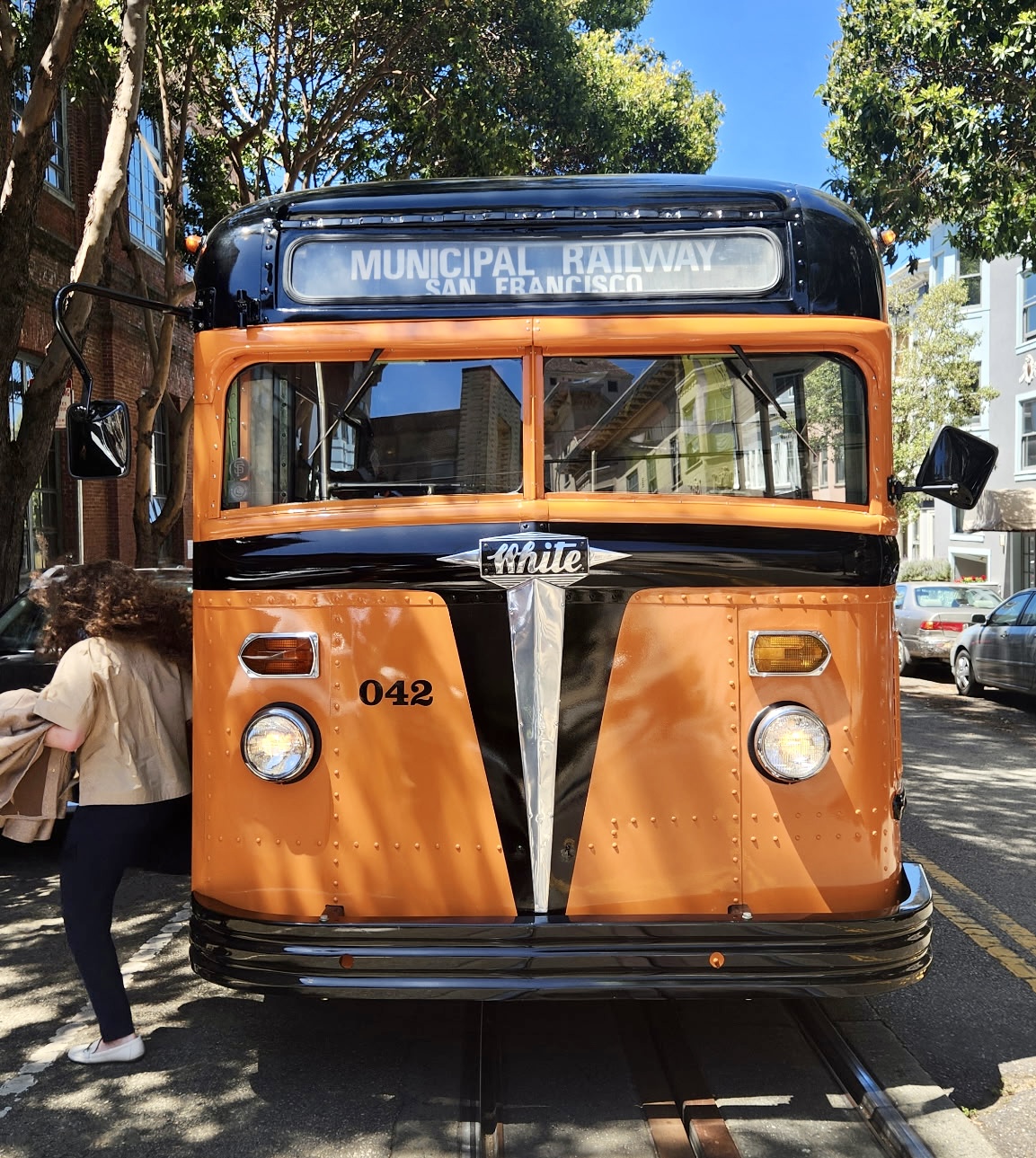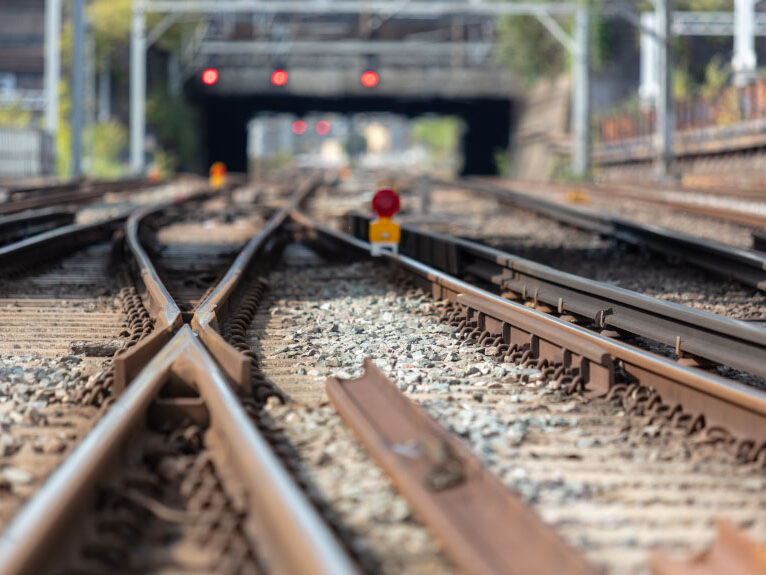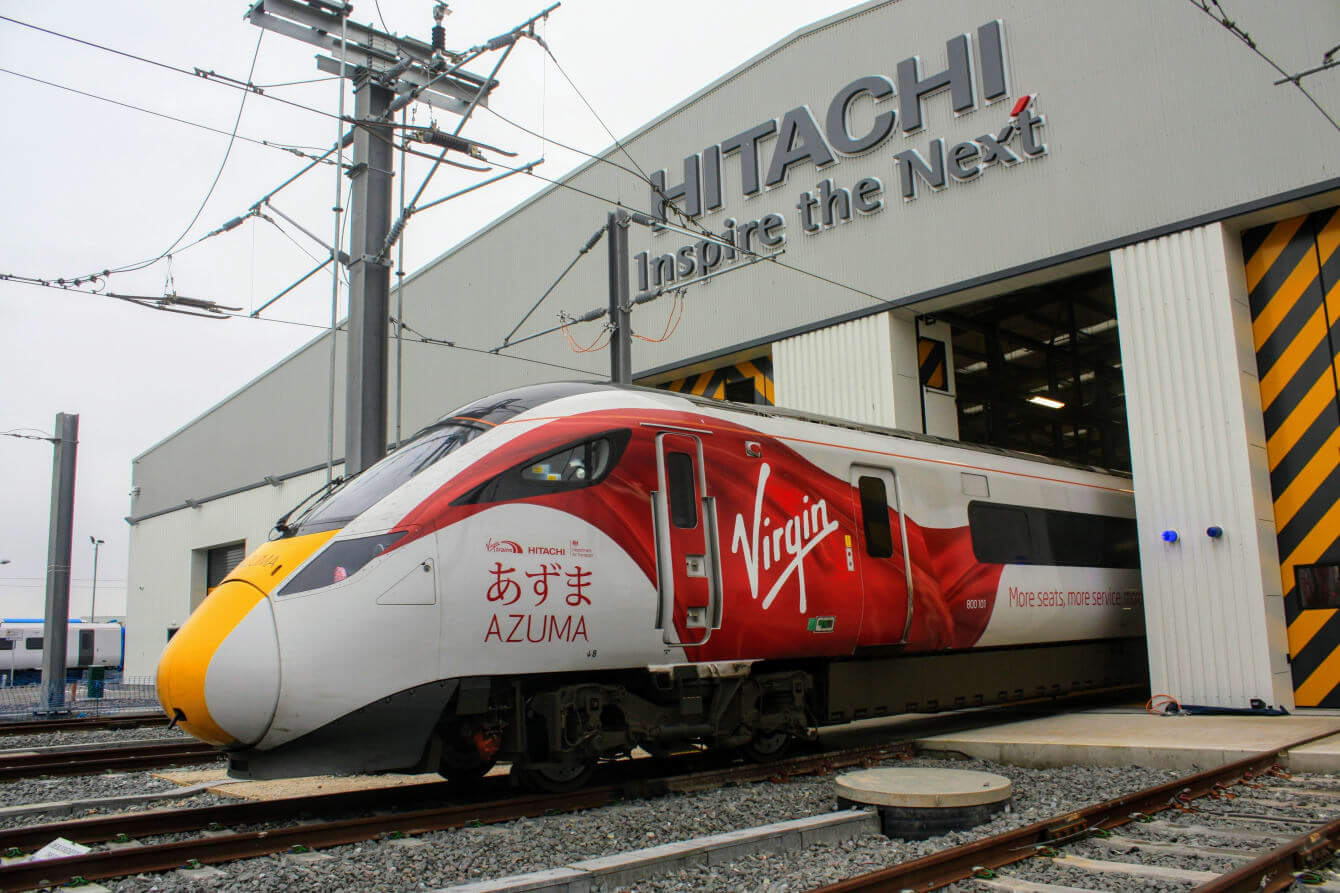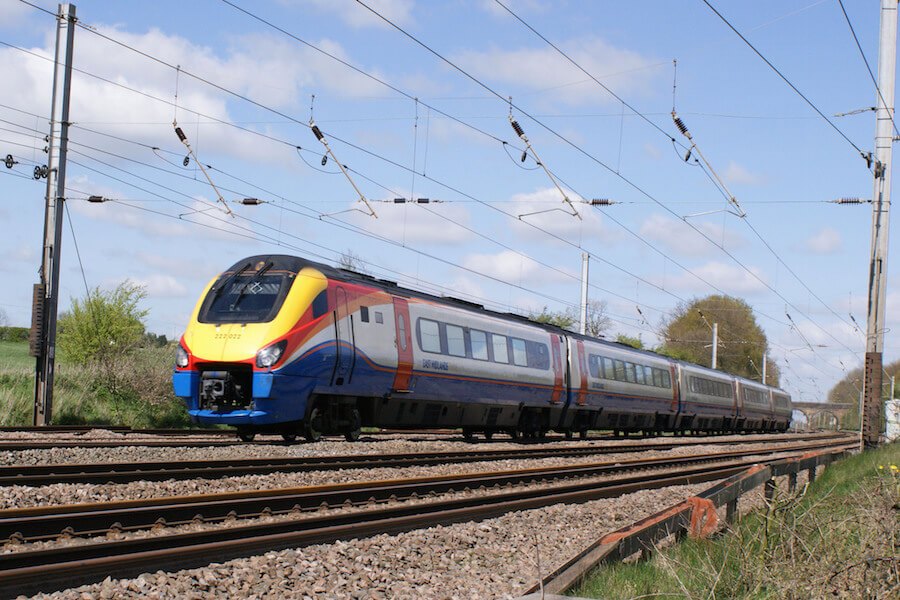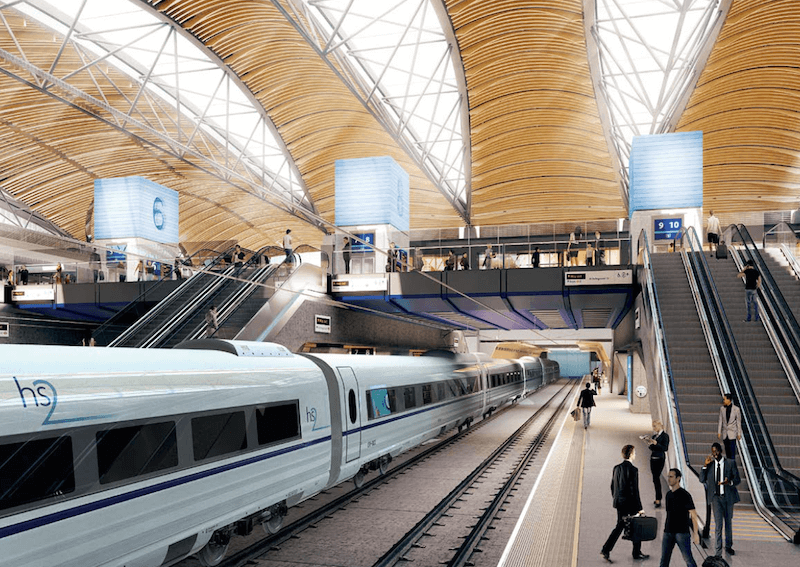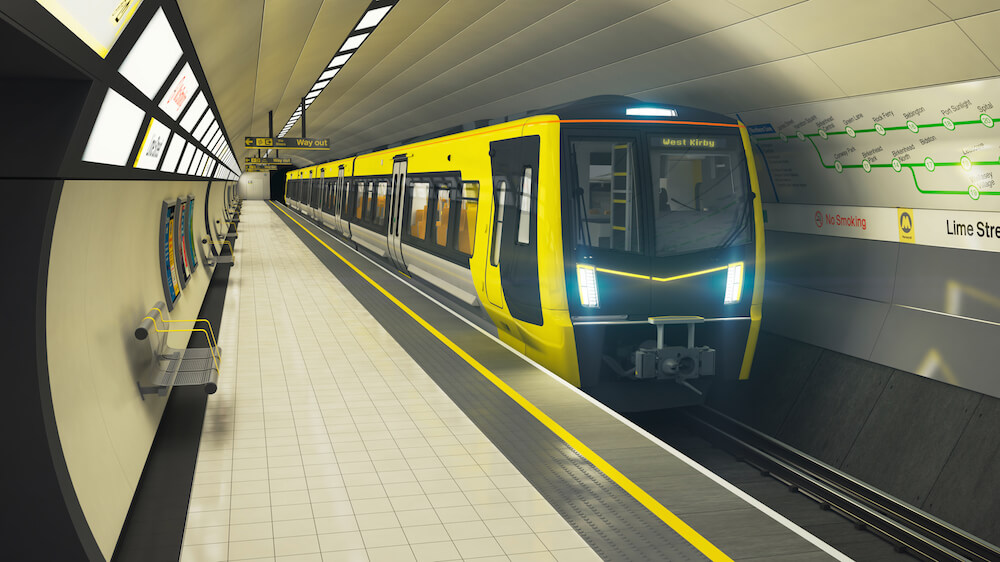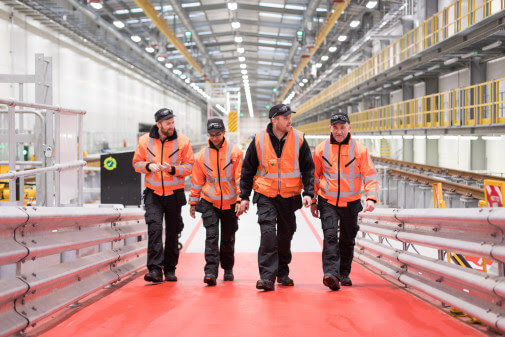When we think about improving access to public transport for individuals with a disability, we think about mobility issues. But what about those individuals who have cognitive challenges?
Not All Disabilities and Conditions Are Visible

When I was on holiday with a friend of mine last summer, she said to me: ‘whenever anyone thinks of a disabled person, they think of someone in a wheelchair’.
Now this friend of mine is a music teacher and an expert in special needs education who has herself adopted two girls with Down’s syndrome.
So it really struck me, what she said. It’s true. I regularly spend time with her and her girls during the summer holidays in particular – she lives in Germany, I’m in the UK – but I too tend to think of a disabled person as someone in a wheelchair. And as a society we focus on making things ‘wheelchair accessible’ instead of just accessible – to all in society; and being able to use the public transport system is vital for being able to participate fully in society.
So my friend continues: ‘here’s an example,’ she says. ‘When you’re at a station in Germany and you look at the train timetable, the times are in digital format – 8.42 – 9.12 – 9.42… but all the clocks at the station are analogue. That’s not a problem for you and me, but for someone with a learning disability that’s an added complication.’
Now, I remember these station clocks very well. They’re the same at every station, at least in the part of Germany where I grew up and Martina still lives (NRW). In particular, I remember always wondering about the strange behaviour of these clocks’ second hand, but that’s a different story and not one worthy of an article. But at no point did I consider that these clocks could be problematic.
I wanted to know more. What other barriers to accessing public transport were there that weren’t plain for everyone to see – like a wheelchair user confronted by nothing but stairs?
Access to Public Transport – Understanding the Issues
I got in touch with Mencap, who call themselves ‘the leading voice of learning disability’. Their vision statement is to have all people with a learning disability valued equally, listened to and included. They put me in touch with two people with a learning disability and I asked them about their experience with public transport:
Ciara Lawrence has a learning disability and works for Mencap as a Campaigns Support Officer. She said:
“The whole process of travelling on trains can be challenging. Buying tickets can be difficult. Train ticket websites are not accessible; they can be very confusing. At stations, there’s lots of information about all the different types of tickets you can get, it’s hard to understand which one I need. The information needs to be clearer and there should be Easy Read information available.
“Train maps can be incredibly hard to understand. Train boards can be confusing when the information changes so quickly. If I’m ever going somewhere for the first time I always ask someone to come with me so that I’m not on my own. After I’ve been once, I feel confident to go by myself afterwards, which is good because I’m more independent.
“Sometimes, you can get very bad attitudes from staff on trains and at stations. Luckily the staff at my local station know me now and they’re really supportive. Training should be given about disability so that every station is accessible and no one has to face negative attitudes.
“Train travel is about accessibility. I don’t think all stations are accessible and they should be. It cuts out a whole group of people from being able to travel around the country. There needs to be better access and disability awareness training for all staff and more time needs to be given for people with a learning disability.”
It is important to remember that someone suffering from a learning disability might also have mobility impairments as well and navigating those with the additional challenge of a learning disability will be many times harder.
Youssef Abidat has a learning disability and works for Mencap as a Campaigns Assistant. He said:
“Travelling by train can be very hard. Because I’m disabled, I need more room, for example to be nearer the double doors or sitting at a table. The aisles are really narrow as well so it’s difficult to get through. It is stressful. I feel like I have to always explain my disability but people don’t always understand. I try to do it in a positive way, and explain how if we just make small adjustments we’ll all have a good journey.
“Time can be difficult too. When the platform for your train is announced, you don’t have much time to get to the platform and find your carriage and your seat, that can be confusing and stressful. Then when you need to get off at your stop and it’s really busy, there’s not much time to let you get off. It’s also stressful when you have a connecting train to get as you have to find the right platform. People with disabilities should be given more time.
“Travel assistance can be helpful, if someone is there to pick you up at the other end, that’s wonderful. But you don’t always get that. Sometimes you’ll get to your destination, and if the train is late, sometimes the assistance isn’t ready and you have to wait on the train. You have to make sure that the train’s not going again straight away. I have mobility issues and I always get really frightened when this happens.
“If you’re at a station that you’re not familiar with, it can be hard to find your way around. I think it’s very useful for staff to have travel training and for travel assistance to be available to make sure.”
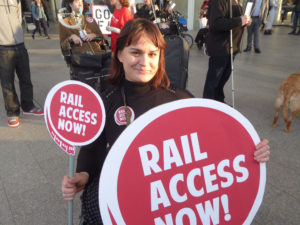
I asked Mencap whether they were currently campaigning for any specific changes to be made to improve access to public transport and they put me in touch with Transport for All, who have been active accessibility campaigners for both people with a disability and older people in the London area for 20 years. In addition, they provide an incredibly valuable service by informing disabled and older passengers about their transport options – an important resource in a less-than-perfect public transport environment. They provided me with a statement from Claire Lindsey, co-founder of Thoughtistic, on what it’s like to travel on the Tube as an autistic person.
Here is what she said:
“I am autistic. It’s an invisible impairment; I don’t look “autistic” or “disabled” and most people would be unaware of my impairment.
Because of my autism I am hyper sensitive to noises. I am completely unable to cut out background noise, lights, movements and odours. I also have balance and vestibular difficulties meaning that I need assistance to travel. Many stations that are accessible to wheelchair users are nevertheless inaccessible to me because of my autism.
“An escalator might be turned off or there might be too many people on that day; I am then forced to terminate the journey and go home.
“The world is a very unpredictable and confusing place. I need to have a fixed daily routine, so that I know what is going to happen. This routine means always needing to travel the same way to and from places. When there are diversions, journey restrictions or cancellations, it doesn’t just irritate me, it can feel like the end of the world and it can cause an “autistic meltdown” – an extreme panic attack which causes me to pass out.
“I always seek assistance from members of staff especially when I am using the underground but I have also had to ask members of the public, which is extremely difficult for me not only because I find communication stressful but having an invisible impairment means that it isn’t always obvious what assistance I need.
“Other passengers are also unaware of why someone with an invisible impairment might want a priority seat. That is why I am now using the new Transport for London’s Priority Seat Badge and card, but before they came out I wore a badge stating “Autistic” so that people had a visible clue to my impairment. This helped in two ways: The first identified me to members of staff and public, so that I was able to get assistance. The second was to reduce the confrontation that I used to face when asking someone if I could sit down; or if I was in a priority seat, other passengers would think I shouldn’t be sitting there and became aggressive and argumentative. This is, I think, because of a general lack of awareness by the public of invisible impairments. This extends to the symbols and posters in the transport network; they only show visible impairments.
“Accessibility for me means something other than ramps and lifts. It also includes reducing noise pollution, making signs and ticket machines easier to understand; making stations easier to navigate and staff more approachable and aware. This short list of changes is easy to overlook but they would make a big impact on the way we can access the transport system. Think of the changes that were made to the transport network when we had the Olympics to accommodate tourists, Paralympians and non-English speakers.”
I wanted to present the voices of people suffering from learning disabilities and cognitive impairments to highlight their challenges and to raise awareness with both companies involved in the transport network as well as with members of staff and passengers.
It is an area the industry should embrace and always consider when commissioning new trains, designing stations, training staff, providing passengers with information… in all areas because it is the right thing to do.
It is also an area for government to fund and guide the industry to ensure public transport is accessible so all people can participate in society.
Charities like Mencap and Transport for All play a vital role in drawing attention to this issue.
On 28 April Transport for All will be protesting the government’s decision to cancel their Access for All projects at eight stations around London for example.
To find out more about the work Transport for All do, please visit their website at www.transportforall.org.uk.
To find out more about Mencap, please visit their website at www.mencap.org.uk.

















